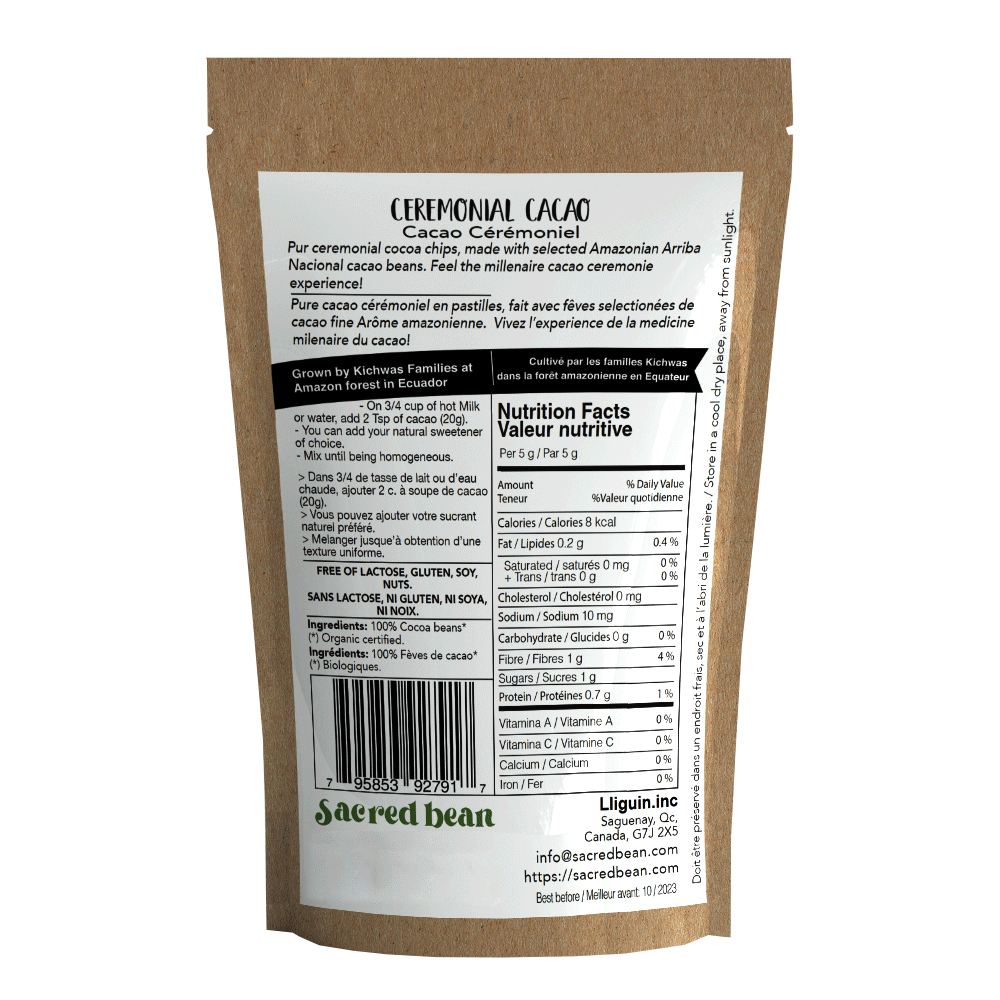Why Ecuadorian cacao?

Ecuador is a relatively small country located in South America. It covers an area of 283,561 sq. km and has an estimated population of 17,483,326 people as of 2023. Ecuador is known for its four distinct regions: the coast, the highlands (sierra), the eastern jungle (oriente), and the Galapagos Islands. The official language spoken in Ecuador is Spanish.
One fascinating feature of Ecuador is its unique geographical location in relation to the equator, from which it gets its name. The equator is an imaginary line that divides the Earth into two halves: the northern hemisphere and the southern hemisphere. Ecuador crosses this line at several points, giving the country its name and also offering a range of interesting geographical features and phenomena.
When we talk about Ecuador and cacao, it's important to note that Ecuador has a rich history and experience in cacao production. Furthermore, it's a source of pride to know that the earliest traces of cocoa's world history begin in Ecuador over 5,500 years B.C. If that alone doesn't impress you, here's a summary of what makes Ecuador special and why it's been a leading cacao-producing country over time.
• Diverse Microclimates: Ecuador's geographical location on the equator and its diverse landscape result in various microclimates. This allows different cacao varieties to grow in different regions, from lowlands to highlands.
• Varied Altitudes: Ecuador boasts a wide range of altitudes, making it possible to cultivate cacao in various climate zones. Coastal regions like the province of Manabí are perfect for growing fine aroma cacao, while mountainous areas like Napo and Sucumbíos are suitable for fine aroma cocoa varieties.
• Tropical and Subtropical Climate: Ecuador's overall climate is warm and humid, providing the right temperatures and humidity for cacao. Lowland coastal areas and the Amazon region are particularly favorable due to their tropical conditions.
• Cacao Varieties: Ecuador is renowned for cultivating fine aroma cacao varieties, which have unique flavor characteristics highly valued in the chocolate industry. These varieties benefit from the diverse climate and soil conditions in different regions.
• Fertile Soils: Many cacao-growing areas in Ecuador have nutrient-rich soils, promoting the healthy growth of cocoa trees.
• Biodiversity: The biodiversity in cacao-growing areas of Ecuador can provide natural shade and help maintain the health of the ecosystem.
• Tradition and Experience: Ecuador has a long tradition of cacao cultivation, with many indigenous communities having grown cocoa for generations. The accumulated knowledge and experience over time have contributed to successful and sustainable production.
Ecuador's combination of geographical diversity, climate, and traditional knowledge makes it a remarkable and influential player in the world of cacao production.
Premium Criollo Fino de Aroma CEREMONIAL CACAO












